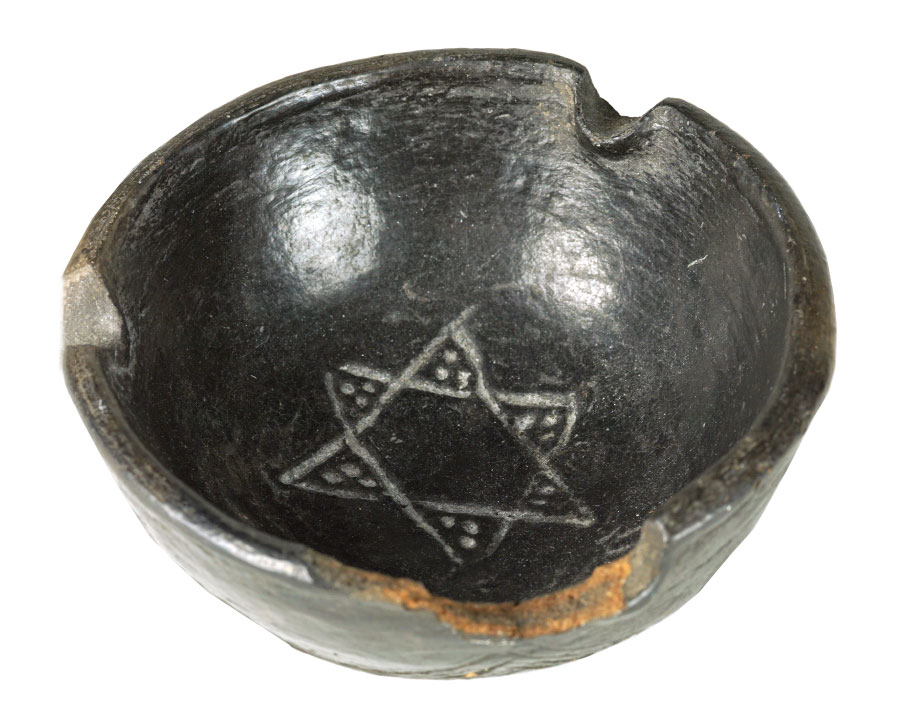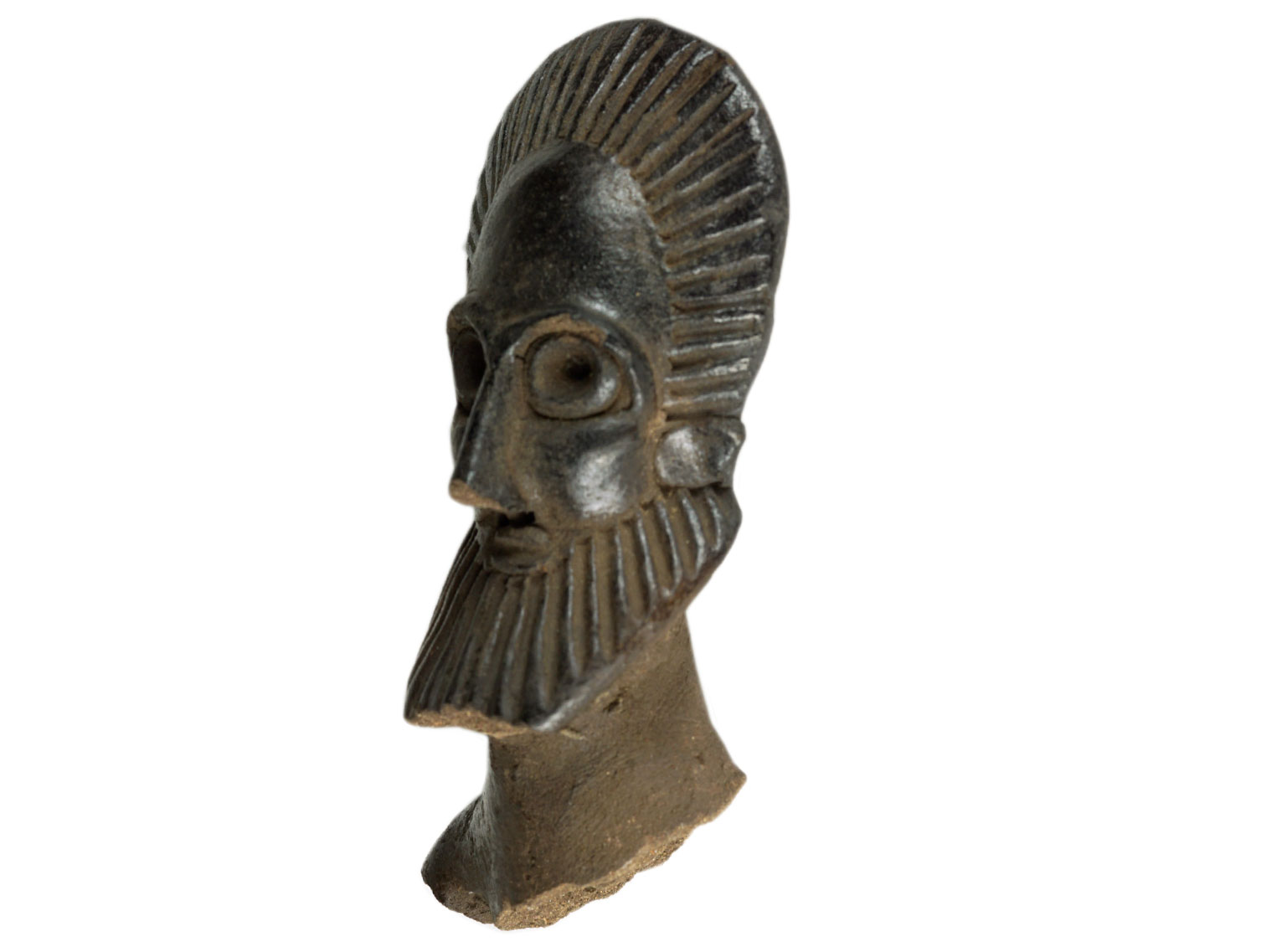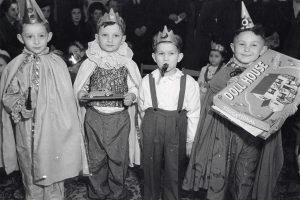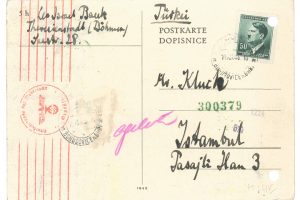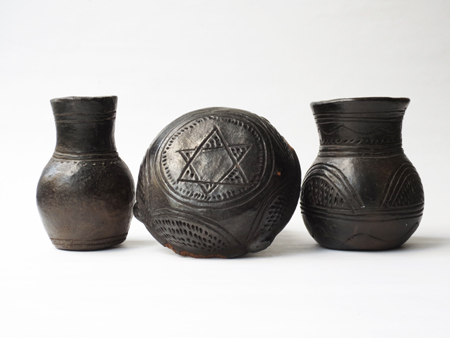
Traditional Ethiopian Pottery
Objects in Artifacts Collection were crafted by members of the Beta Israel or House of Israel community of Jews in Ethiopia.
Traditional Ethiopian ceramics
These traditional pieces of pottery were crafted by members of the Beta Israel or House of Israel community of Jews in Ethiopia. Ceramic work and metallurgy became specialties of the Jewish community, as Christians did not want to engage in those types of handiwork. Historically, Christian Ethiopians believed in buda, or the evil eye, and that those who possessed it had the power to change forms. Ironworkers are often labeled as bearing buda, and thus Jews were forced into that cursed profession and barred from other kinds of work.
These small, fragile statues were made in Wolleka, a small village outside of the city of Gondar, the old imperial capital of Ethiopia and the home of most of the country’s Jews. The village was often called “The Jewish Window Village,” as in the 1980s it was the only Jewish village accessible by road to tourists.
After the airlift of 14,000 Ethiopian Jews to Israel in 1991, JDC provided job retraining programs to Ethiopian-Israelis to aid them in becoming self-sufficient. Through this program elderly men and women crafted the traditional figurines with modern materials as a cottage industry in order to sell for profit. Today JDC continues its career advancement initiatives by providing Ethiopian-Israeli young adults with customized coaching, training and job placement, to increase their quality of employment and earning capacity, which tends to be much lower than their peers.
